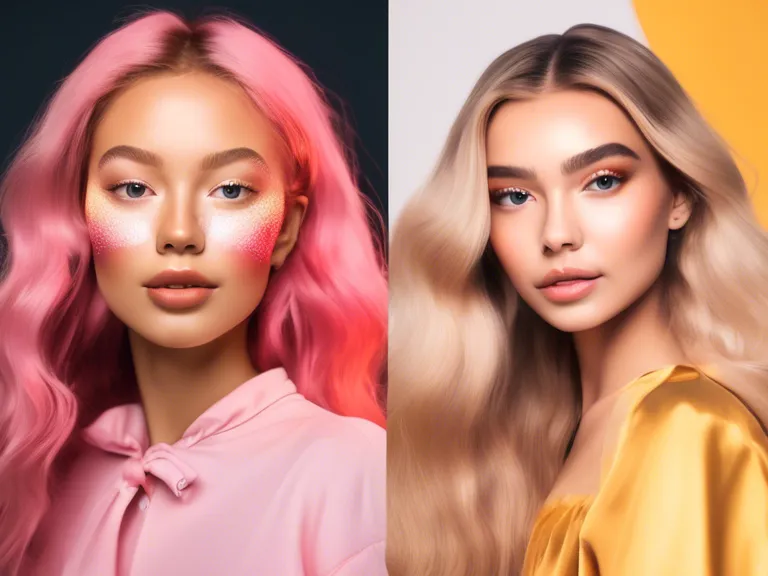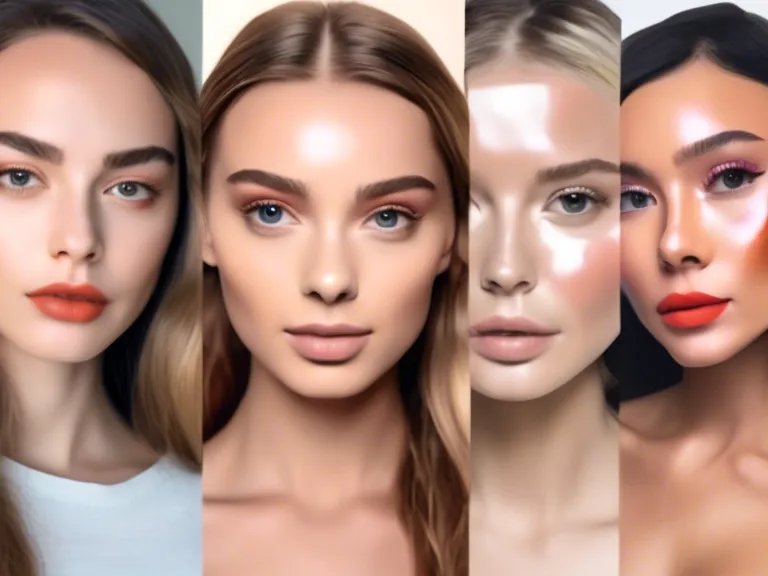
With the rise of social media platforms and the increasing importance of digital image representation, beauty filters have become a popular tool for enhancing selfies and photos. These filters are powered by complex technology that transforms facial features in real-time to create a desired look. From code to camera, let's explore the technology behind social media beauty filters.
Facial Recognition: Beauty filters use facial recognition technology to identify key facial features such as eyes, nose, mouth, and skin texture. This allows the filter to accurately track and adjust these features in real-time as the user moves or changes their expression.
Image Processing: Once the key facial features are identified, image processing algorithms come into play to apply various enhancements such as smoothing skin, brightening eyes, and enhancing facial contours. These algorithms work together to create a flawless and aesthetically pleasing final image.
Machine Learning: Beauty filters also utilize machine learning algorithms to continuously improve the accuracy and effectiveness of the facial transformations. By analyzing vast amounts of data and user feedback, these algorithms can learn and adapt to create more natural-looking results.
Augmented Reality (AR): Many social media beauty filters incorporate augmented reality technology to overlay virtual makeup, accessories, or effects onto the user's face. AR technology allows for a more immersive and interactive experience, enhancing the overall user engagement.
Real-Time Processing: One of the most impressive aspects of social media beauty filters is their ability to perform all these complex image transformations in real-time. This requires powerful hardware and efficient software algorithms to ensure a smooth and seamless user experience.
In conclusion, the technology behind social media beauty filters is a fascinating blend of facial recognition, image processing, machine learning, augmented reality, and real-time processing. As social media continues to evolve, we can expect to see even more advanced and innovative beauty filter technologies in the future.



